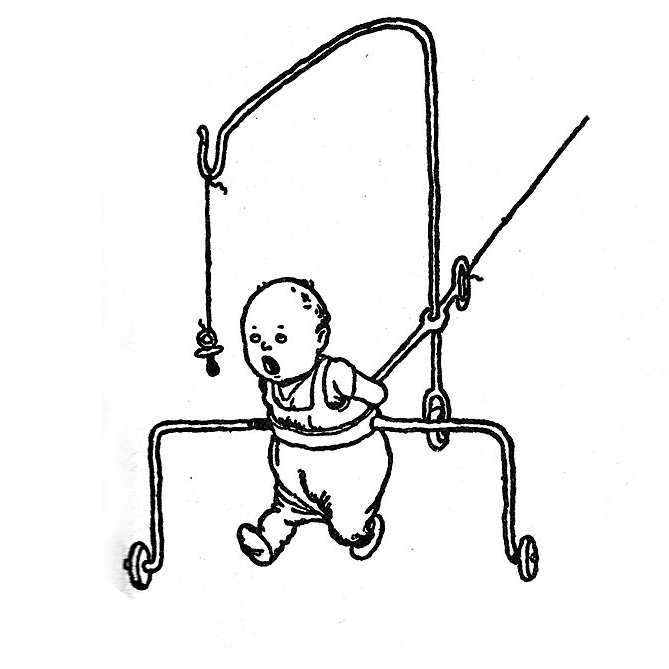

There is on the main list of artists but I would test it first on a single artist/album


There is on the main list of artists but I would test it first on a single artist/album


Couldn’t you just fix the naming settings to include the album and then pick an artist and preview rename and see if it fixes it will fix it?


If the torrents are still seeding when the import in arrs happens, it would copy the file(s) to your media folder so you’d have two copies now. If the torrent is done seeding and, I think if you have completed download handling enabled, it’ll do a move instead so you’d end up with only one copy.
Ideally though you want a hardlink compatible setup but from what you said you do not.
Jellyfin just monitors your media folder which is managed by the arrs.
Lidarr is centered around full albums unless a song was released as a single, specifically it uses release-group on musicbrainz.
I run both jellyfin and Plex, and for the music app I think plexamp > finamp, but both work to sync between their respective instance. I haven’t tried anything else because I already had Plex pass for other things.


If they’re organized you can do library imports, after setting up the arrs for the most part. For example your movies folder would need to have a folder per movie named like ‘Movie Title (year)’ at a minimum and then contain the movie…just make sure what you’re seeding in qbit is not the same folder, but you can use hardlinks to keep seeding how qbit wants it while allowing the arrs to keep its copy nice and clean.
I’m pretty sure you can do a library import after you setup the arrs and use them for a while, you just need to utilize categories is qbit so the arrs only look at their specific category.
Read through their wiki getting started and faq and check out the trash guides.


I think it depends how your current files are organized. The arrs require a certain level of organization and naming to do a library import, they also want you to keep your downloads and your library copy as different folders but in a way that hopefully supports hardlinks so you don’t take up twice the space. ‘Trash guides’ is a great place to look at for getting started and they have an unraid guide as well.
The servarr (radarr, lidarr, readarr), sonarr, and trash guides discords are also really helpful if you don’t object to using discord.
If all your current files are still in the “download” folder, you could probably setup the arrs and qbit as recommended in the guides and then work your way through importing them to the arrs from the activity queue.


Some sort of pet hair remover?


You can just view it on the web instead of in the sync app then.


Voyager app says it’s like this
::: spoiler Tap for spoiler
hidden content
:::
Which makes:
hidden content


Tricky. I did reverse image search but I won’t spoil it.
Look at hotio instead, recommended by me and popular among those that support the *arrs.


I have no guidance on your issue but just to make sure, this is two commands and not one:
docker exec -it jellyfin ldconfig
sudo systemctl restart docker
Do you get the restarting message with just the first command?


My understanding is windows does have hardlinks but has a limitation on the amount. Hardlinks link to the same data on the disk, so deleting one just deletes the link but not the data, if you delete all links then the data is deleted. You should have 2 links, one in torrents and one in media. I highly recommend trash guides for setup


The best setup uses hardlinks. Qbit downloads to your torrents directory, when it finishes downloading it tells the arrs which hardlink it during the import to your media folder and jellyfin sees it there. Hardlinks don’t take up extra space but allow you to keep seeding the original while also having a nice renamed media library. Your media folder and torrents folder should never be the same.
But virt-manager has a GUI?